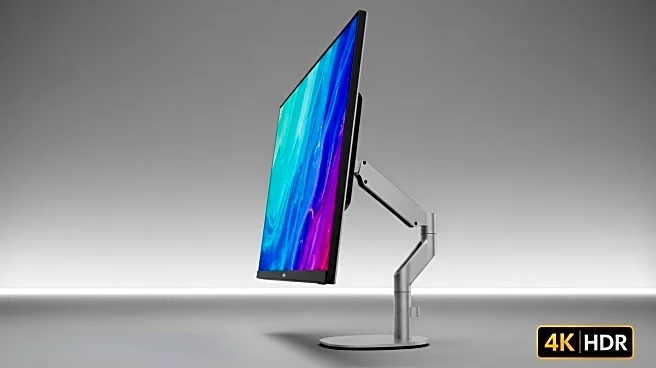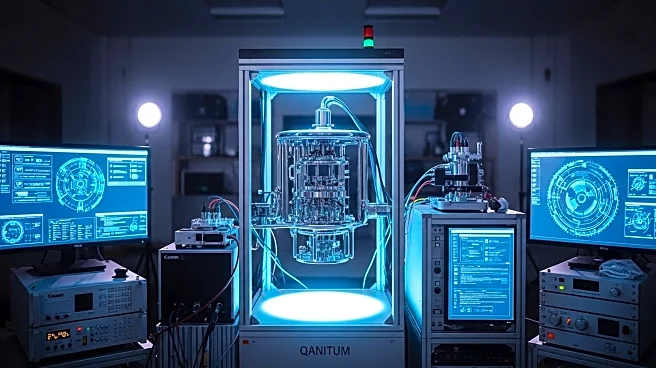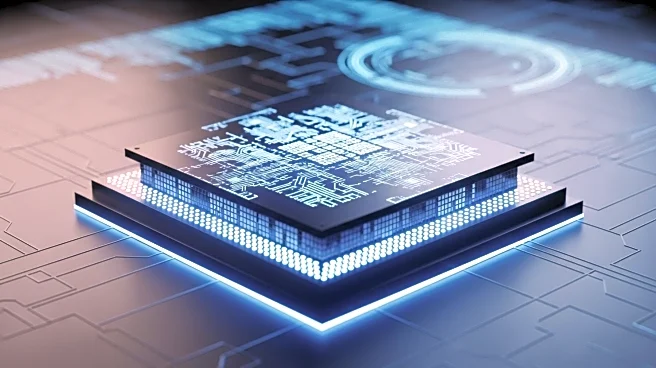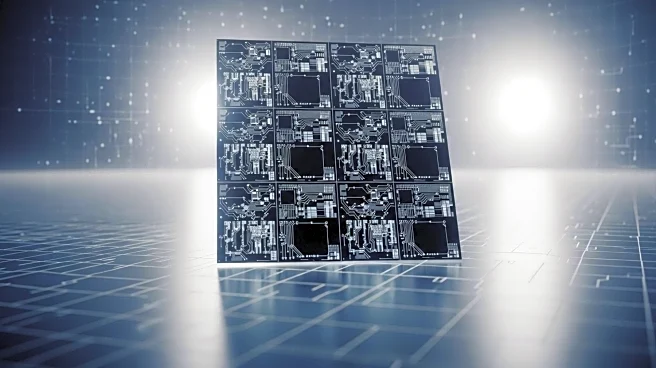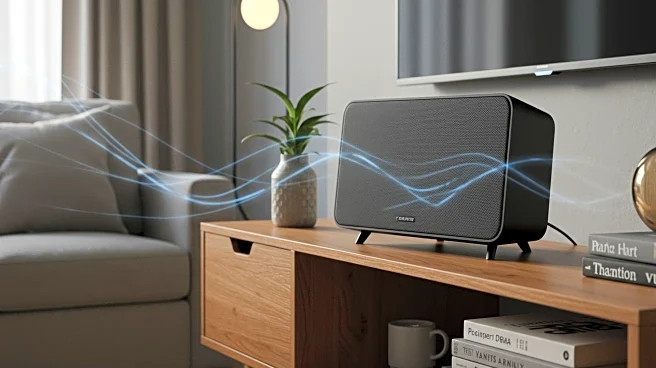What's Happening?
Corsair has launched the Xeneon Edge, a versatile secondary screen designed to enhance PC setups. This 14.5-inch AHVA display offers a native resolution of 2560 x 720 and a refresh rate of 60 Hz. It can be mounted in various configurations, including directly onto PC cases or other surfaces using embedded magnets. The Xeneon Edge is powered by Corsair's iCue software, allowing users to customize touchscreen widgets for system monitoring and app control. Despite its innovative design, the monitor's high price tag and limited utility make it a niche product, primarily appealing to users seeking additional screen space for specific tasks.
Why It's Important?
The introduction of the Xeneon Edge reflects Corsair's continued expansion into the monitor market, showcasing its commitment to innovation in PC peripherals. This product offers flexibility for users who require additional screen space for tasks such as video editing or system monitoring. However, its high cost may deter potential buyers, especially when compared to more affordable gaming monitors. The Xeneon Edge's unique mounting options and touchscreen capabilities could appeal to tech enthusiasts looking for customizable setups, but its niche appeal suggests it may not become a mainstream choice.
What's Next?
Corsair may explore further development of the Xeneon Edge, potentially expanding its widget offerings and enhancing integration with other Corsair products. The company might also consider price adjustments or promotional strategies to increase market adoption. As users experiment with the monitor's capabilities, feedback could drive future iterations, focusing on improved functionality and broader appeal. Additionally, Corsair's entry into the monitor space could prompt competitors to innovate, leading to more diverse options for consumers.
Beyond the Headlines
The Xeneon Edge's launch highlights a trend towards modular and customizable PC components, reflecting consumer demand for personalized tech experiences. This shift could influence future product designs, encouraging manufacturers to prioritize versatility and user-driven customization. The monitor's integration with iCue software also underscores the growing importance of software ecosystems in enhancing hardware functionality, potentially shaping industry standards for peripheral development.
